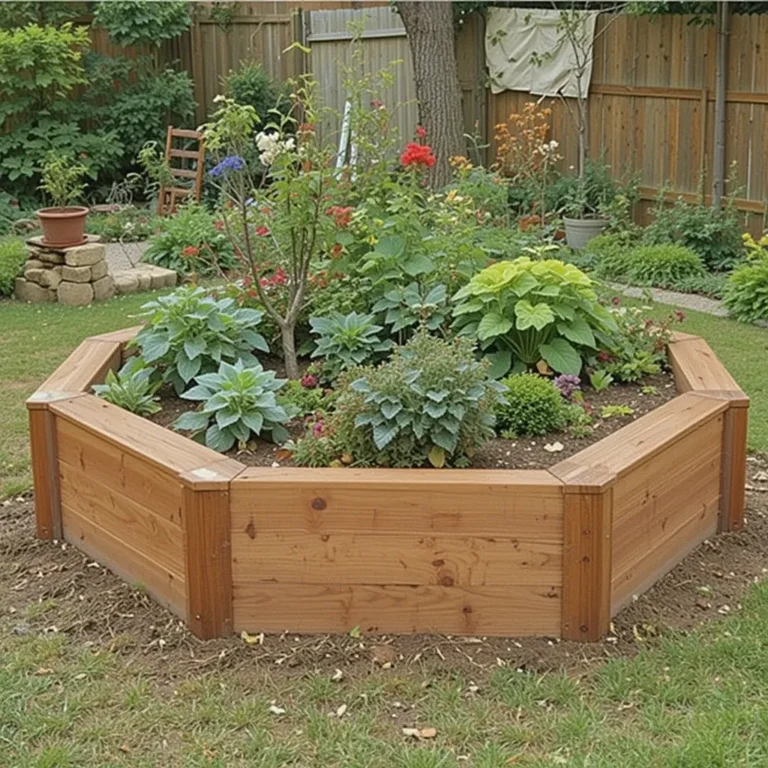What to Plant in Zone 9 in October: 15 Smart Gardening Ideas for a Productive Winter
October is a key month for gardeners in US Zone 9, where mild winters offer a unique opportunity to grow a variety of vegetables, herbs, and flowers.
Unlike colder zones, Zone 9 allows planting in the fall for a winter harvest and early spring crops.
Knowing what to plant in Zone 9 in October ensures your garden remains productive, healthy, and visually appealing during the cooler months.
From frost-tolerant vegetables to colorful flowers, these tips help both beginner and experienced gardeners make the most of the growing season.
1. Spinach
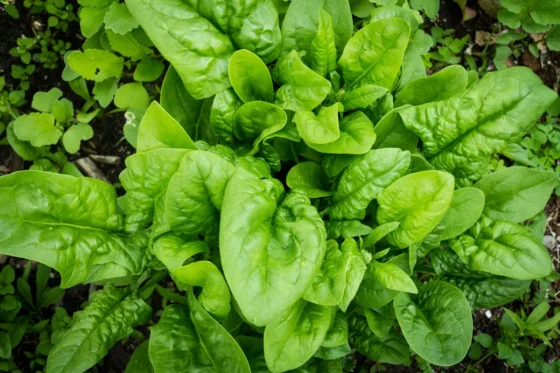
Spinach thrives in cooler weather and is perfect for Zone 9 fall gardens. Plant seeds in well-drained soil and ensure they get partial sunlight. For best results, thin seedlings to avoid overcrowding, which encourages healthier leaves. Spinach grows quickly and can be harvested multiple times by picking the outer leaves.
2. Lettuce
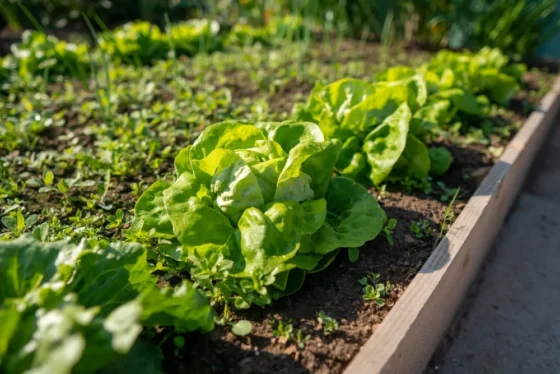
Lettuce is a versatile leafy green that does exceptionally well in Zone 9’s mild autumn climate. Loose-leaf varieties are ideal for continuous harvests. Use row covers to protect tender leaves from early frost, and plant in fertile soil enriched with compost for fast growth.
3. Kale
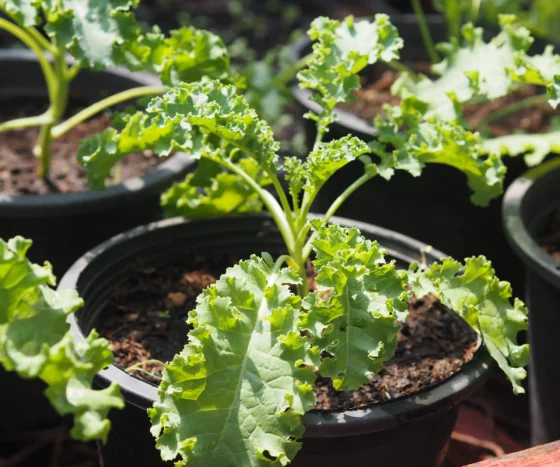
Kale is frost-hardy and actually tastes sweeter after exposure to light frost. Plant in raised beds or containers with nutrient-rich soil, and water consistently to promote lush, tender leaves. Regularly harvesting outer leaves encourages new growth and keeps the plant productive throughout the winter.
4. Broccoli
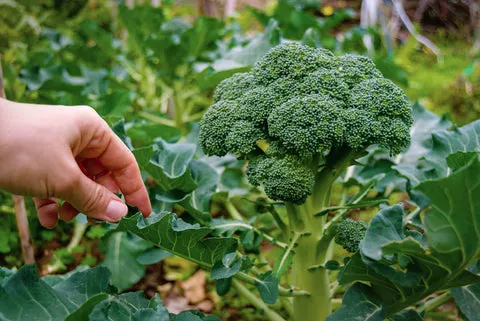
Broccoli grows best in cooler months and develops sweeter heads in winter. Plant seedlings in fertile, well-drained soil with good spacing to avoid crowding. Mulch around the base to retain moisture and protect roots from occasional cold snaps.
5. Cabbage
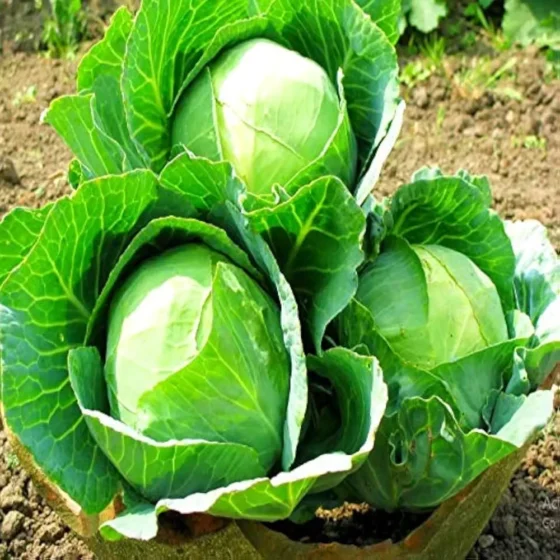
Cabbage is another winter-hardy crop ideal for Zone 9. Use compost-enriched soil to help heads form tightly. Water consistently and keep an eye out for pests like cabbage worms. Mulching helps maintain soil temperature and prevents weeds from competing with young plants.
6. Carrots

Carrots prefer loose, sandy soil to allow roots to grow straight. Plant in raised beds or rows, and cover with mulch to prevent the soil from freezing during frosty nights. Cold temperatures enhance sweetness, so winter-harvested carrots are often tastier than those grown in summer.
7. Beets

Beets are hardy root vegetables that thrive in cooler temperatures. Plant seeds directly in the soil and thin seedlings to allow proper root development. Both beet roots and greens are edible, providing double the nutrition from a single crop.
8. Radishes

Radishes grow quickly and tolerate cold weather, making them perfect for October planting. Sow seeds in small batches every 1–2 weeks for a continuous harvest. Radishes prefer well-drained soil and regular watering to develop crisp, spicy roots.
9. Garlic
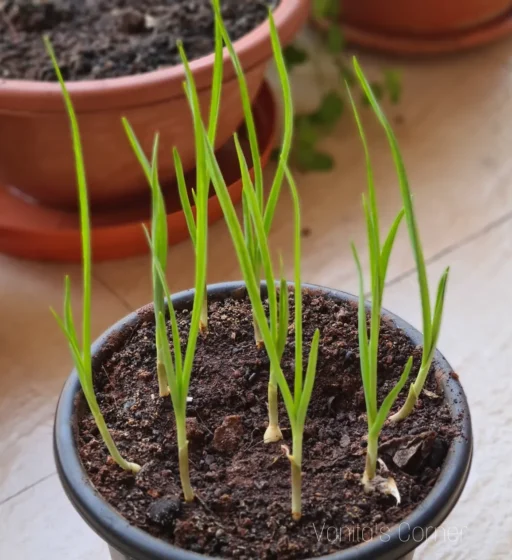
October is the perfect month to plant garlic for a spring or early summer harvest. Plant cloves 2 inches deep in well-drained soil and cover with mulch to protect from cold temperatures. Garlic prefers fertile soil enriched with compost, and it needs minimal watering until spring.
10. Onions
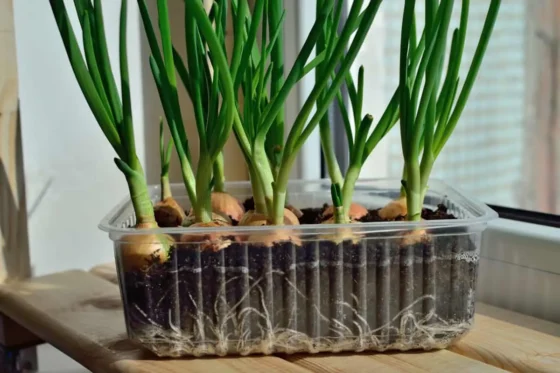
Onions can be planted as sets or seedlings in October for winter growth. They thrive in Zone 9’s mild climate. Ensure good soil drainage and sunlight, and keep weeds under control to allow bulbs to develop properly. Mulch helps maintain soil moisture and protects roots from frost.
11. Swiss Chard

Swiss chard tolerates frost and adds vibrant color to a winter garden. Plant in fertile, well-drained soil and water consistently. Harvest outer leaves first to encourage continuous growth, and consider companion planting with onions or garlic to maximize space.
12. Peas
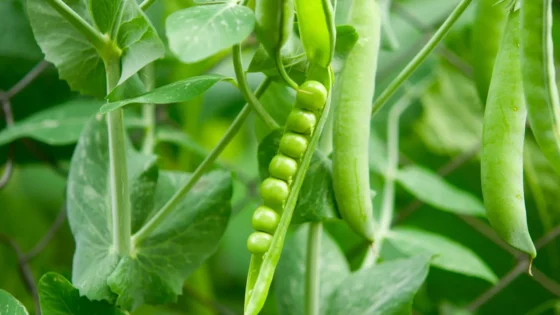
Cool-season peas can be planted in October for a late winter harvest. Choose climbing varieties for trellis support. Peas prefer rich soil with adequate moisture, and regular harvesting encourages more pod production. They are also excellent for enriching the soil with nitrogen.
13. Mustard Greens

Mustard greens are fast-growing and tolerate cold weather, making them ideal for fall planting. Plant in rows with good spacing to prevent overcrowding. Regular harvesting of outer leaves keeps plants productive and adds a peppery flavor to winter dishes.
14. Cilantro
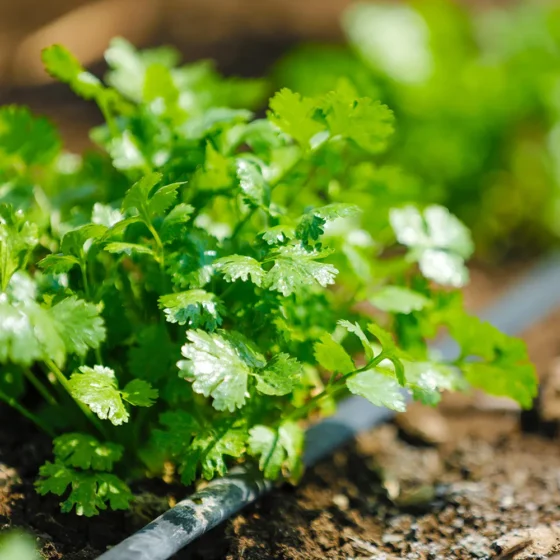
Cilantro prefers cooler temperatures and grows well in Zone 9 during October. Plant seeds in fertile soil with good drainage. Harvest leaves frequently to prevent bolting, and thin seedlings to ensure proper airflow for healthy growth.
15. Pansies and Snapdragons

Cold-tolerant flowers like pansies and snapdragons bring color to your garden throughout winter. Plant in rich, well-drained soil and add mulch to extend blooming season. These flowers attract pollinators even in cooler months and make your garden lively and inviting.
Tips for Planting in Zone 9 in October
-
Enrich the soil: Add compost or well-rotted manure to provide nutrients for winter crops.
-
Mulch to retain warmth: Mulching protects roots, reduces weeds, and maintains soil moisture.
-
Water strategically: Cooler weather reduces evaporation, so water only when the topsoil feels dry.
-
Use row covers: Protect delicate crops from frost and pests without blocking sunlight.
-
Plan succession planting: Stagger planting of fast-growing crops like lettuce and radishes for continuous harvests.
-
Check for pests: Aphids, cabbage worms, and slugs are still active in mild Zone 9 winters. Inspect crops regularly.
-
Rotate crops: Avoid planting the same crop in the same spot year after year to reduce disease buildup.
Final Thoughts
October is a crucial month for planting in Zone 9, offering the perfect opportunity to establish winter vegetables, herbs, and flowers.
By focusing on cold-hardy crops like kale, spinach, carrots, and garlic, your garden can stay productive and vibrant throughout the cooler months.
These 15 planting ideas for Zone 9 in October, combined with proper soil preparation, mulching, and watering strategies, ensure a healthy, bountiful garden that prepares you for a fruitful spring. With careful planning, your Zone 9 garden can thrive year-round.



